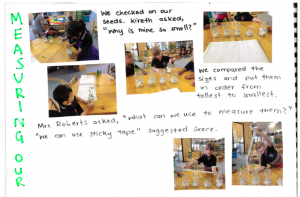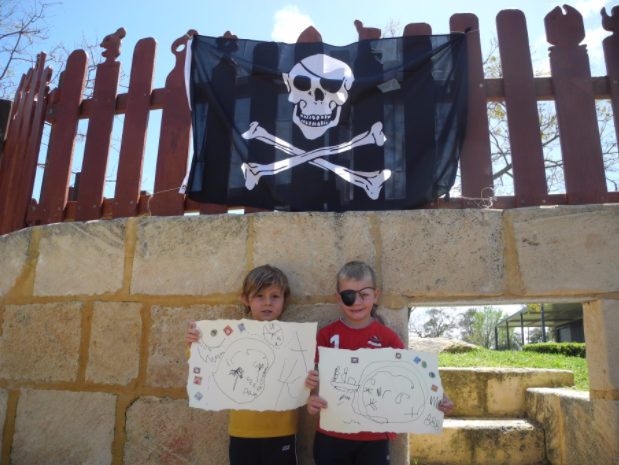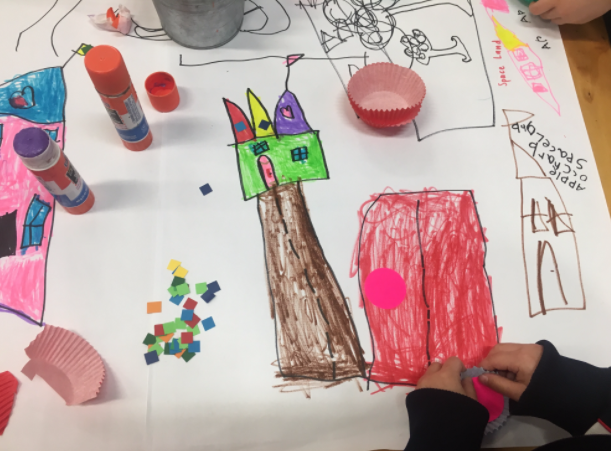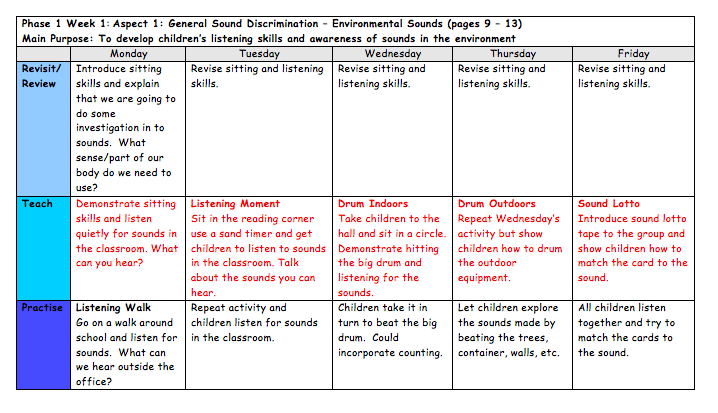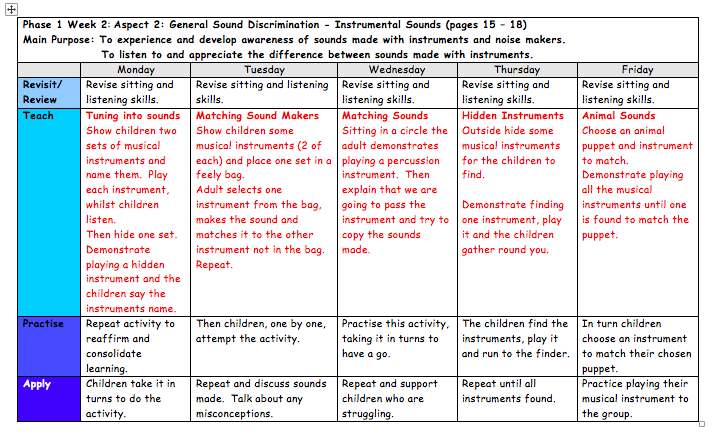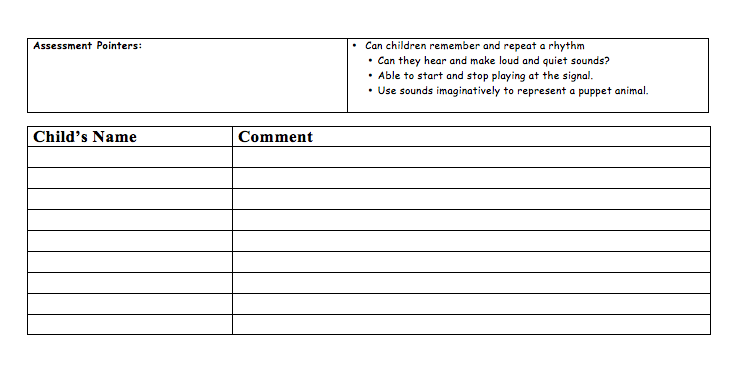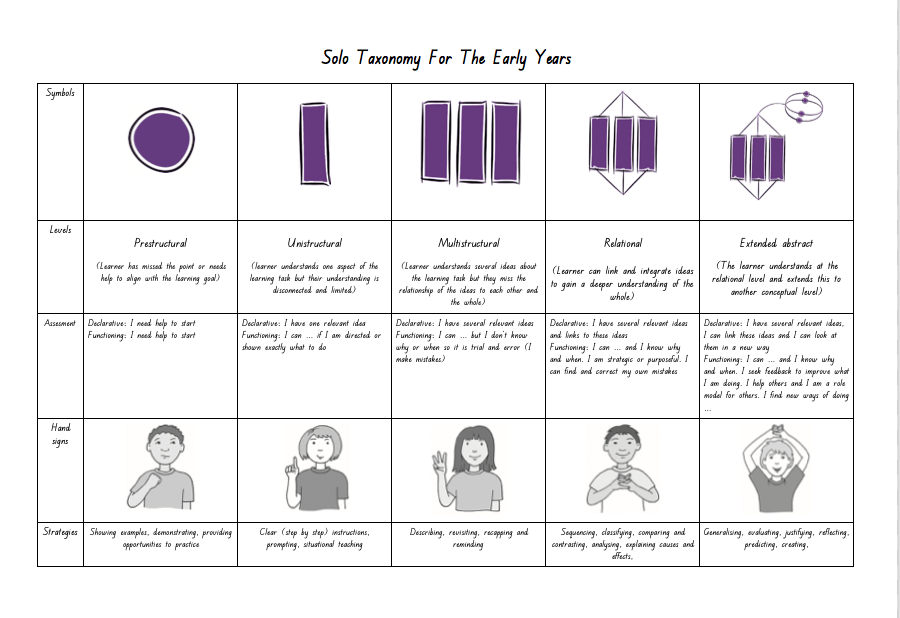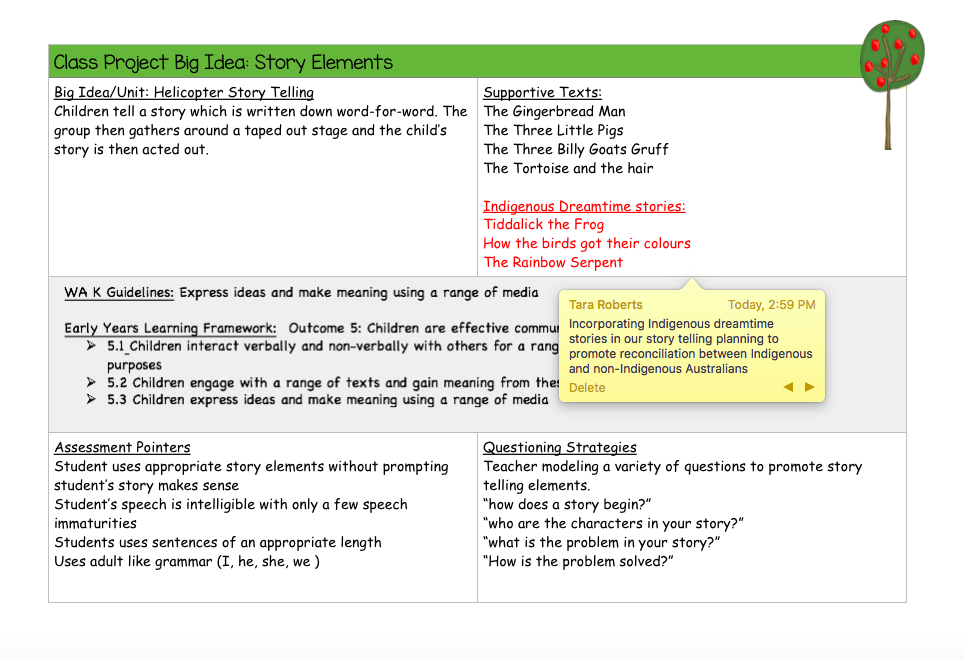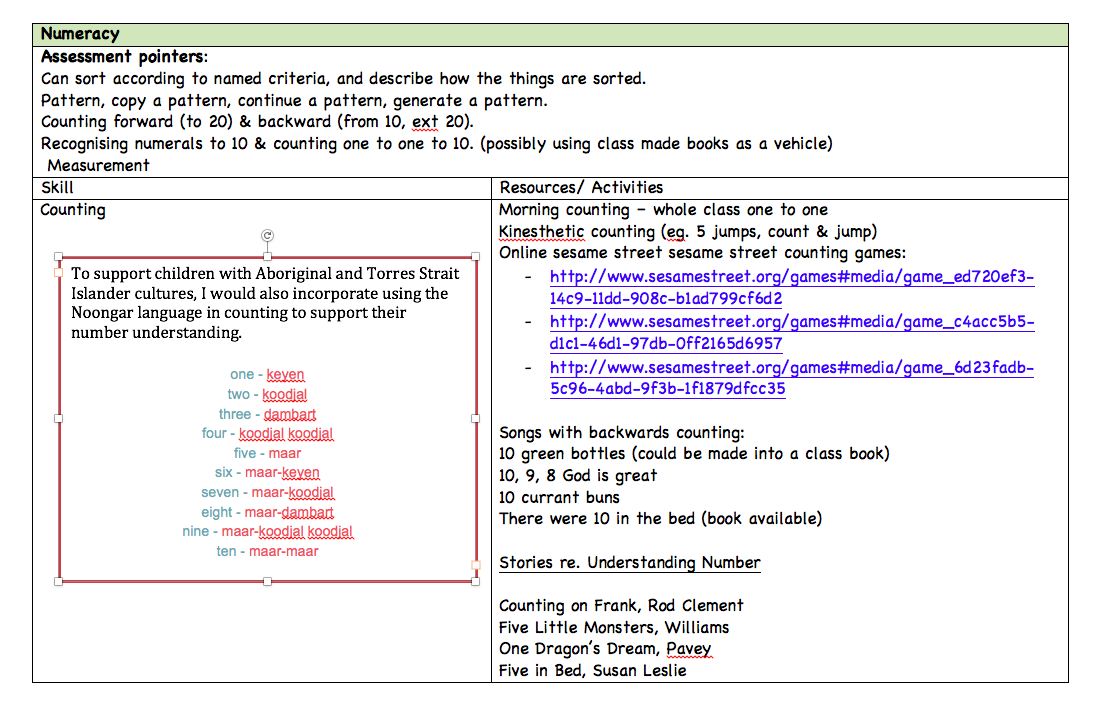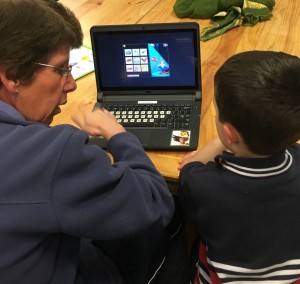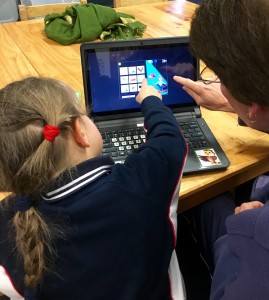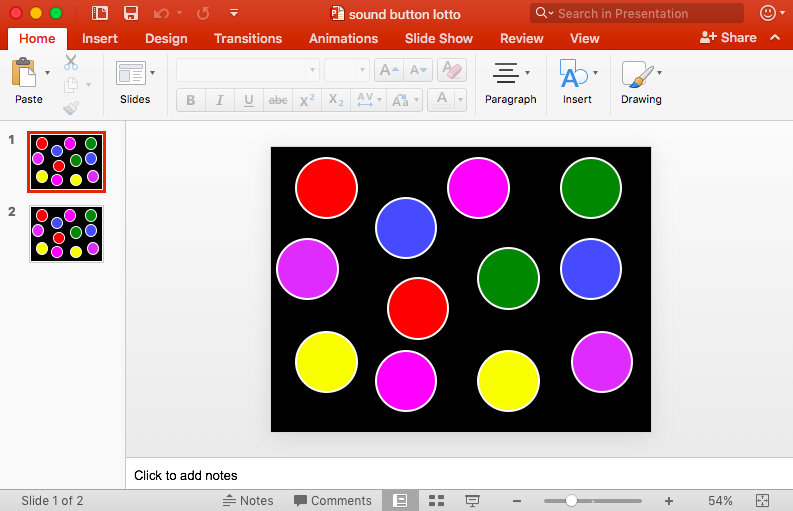Know the content and how to teach it
___________________________________________________
2.1 Content and teaching strategies of the teaching area
Apply knowledge of the content and teaching strategies of the teaching area to develop engaging teaching activities.
While engaged in a gardening inquiry, the children began to grow some beans inside a jar. One child asked, “Why is mine so small?” With the curriculum at the back of my mind (Engage in and extend numeracy in personally meaningful ways) I asked the question “I wonder how we can measure our plants?” The children explored informal measurement strategies to measure their beans while engaging in student led learning.
To engage the children in mapping, we set up a pirate flag and some pirate dress ups around the environment. We placed A4 paper with ripped edges on the writing table with pirate stickers to encourage the children to create their own treasure maps. This links to ‘Develop knowledge of measurement and geometry’.
______________________________________________
2.2 Content selection and organisation
Organise content into coherent, well sequenced learning and teaching programs.
In 2017, we began to use the phonics program “Letters and Sounds: Principles and Practice of High Quality Phonics” to build a strong foundation for the students’ phonological awareness. The program is carefully sequenced to promote the children’s auditory discrimination. The program includes a range of activities focusing on environmental sounds, moving on to instrumental sounds and body percussion. These activities are implemented to develop a strong foundation of phonological awareness before moving on to more complex activities such as rhythm and rhyme, alliteration, voice sounds and oral blending and segmentation.
The following document is a snap shot of the initial plan in Kindergarten.
The inquiry plan below helps to demonstrate the organisation of the kindergarten curriculum into a well sequenced teaching program.
Term 4 Places Inquiry – 2016 UPDATED-xb4r5q
__________________________________________
2.3 Curriculum, assessment and reporting
Design and implement learning and teaching programs using knowledge of curriculum, assessment and reporting requirements.
The following document is evidence of how the teachers collaborated to create a common assessment schedule for Term 4 in 2016. We reflected on the Term 4 report indicators and ensured that the assessments were clearly linked to the reporting standard.
Kindy – Assessment Overview Term 3 201
The following rubric was created as a document to ensure consistency between staff in the assessment for the outcomes covered in the end of Kindergarten Report.
_______________________________________________________
2.4 Understand and respect Aboriginal and Torres Strait Islander people to promote reconciliation between Indigenous and nonIndigenous Australians
Provide opportunities for students to develop understanding of and respect for Aboriginal and Torres Strait Islander histories, cultures and languages.
To support reconciliation between Indigenous and non Indigenous Australians, we incorporate the Aboriginal dreamtime stories in our story telling planning. The children become exposed to Aboriginal culture and histories through hearing about their legends. The evidence below, is an example of how we include their culture throughout the Kindergarten curriculum.
Our school is in the south west of Australia, where the Aboriginal People are called Noongar. Their language is also known as Noongar. In the evidence below, I have annotated a section of my numeracy planning document to display how I promote respect for Aboriginal and Torres Strait Islander cultures and histories in Kindy.
_____________________________________________________
2.5 Literacy and numeracy strategies
Apply knowledge and understanding of effective teaching strategies to support students’ literacy and numeracy achievement.
Play-based learning plays a critical role in the development of literacy and numeracy strategies in Kindergarten. Literacy and numeracy are both life skills, and children develop these through a context of play. The role of the teacher is to identify opportunities to engage in incidental teaching of these strategies as children are playing. The video below explains two girls in my class participating in dramatic play. The girls explained to me that they were making a potion. I asked the girls what was in their potion, and then prompted them to write down the recipe for it. This embedded literacy strategies into their play in a way that was purposeful to them.
Kaydee’s Potion from Kindy Carramar on Vimeo.
Password: troberts
The photos and blurb below demonstrate using numeracy strategies through children’s play. The children sitting at the play dough table were pretending that they were running a bakery.
“This is hard working making all this” the child commented
“What are you making?” I asked
“I’m making the cinnamon icing” She replied.
“How many scrolls have you made?” I asked.
The child carefully counted all the scrolls she had made using one to one correspondence.
“7! I have 7. I’m selling them for $5 each. The ones that I make last are cheaper, they are only $2″. she explained.
Through effective questioning, the child was able to demonstrate good mathematical language and counting in her play.
_______________________________________________________
2.6 Information and Communication Technology (ICT)
Use effective teaching strategies to integrate ICT into learning and teaching programs to make selected content relevant and meaningful.
The children in Kindy Roberts are given access to a laptop with a program called “Earobics”. Earobics is a play-based program used to develop children’s phonological awareness. The program is responsive to the children’s answers and makes it harder or easier for them as they require. As the children are exposed to the program, they will move from using the program one on one with an education assistant, to using it as an independent activity during our phonological awareness rotations.
As a part of the phonological awareness program ‘letters and sounds’ one of the focus activities includes listening to a sound and identifying it’s origin. We use a program on the interactive white board, where the children step up and press a coloured button which makes a noise. The children then each have a turn at guessing the sound and imitating it.
___________________________________________________
